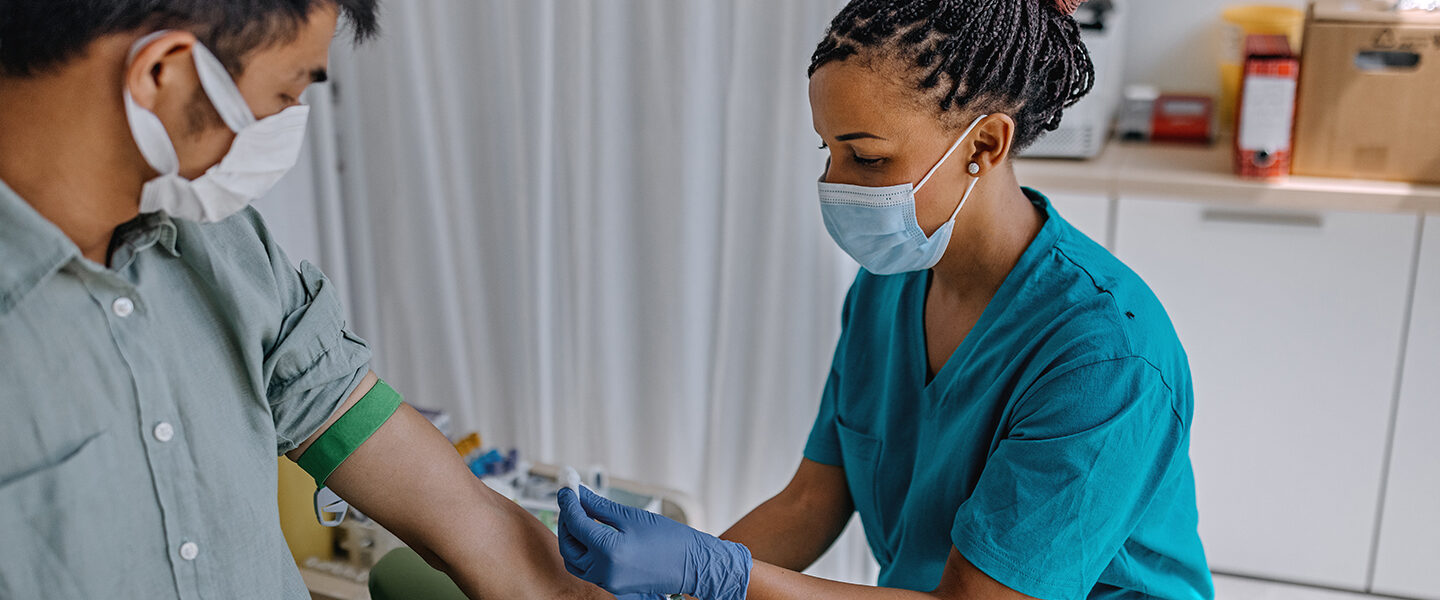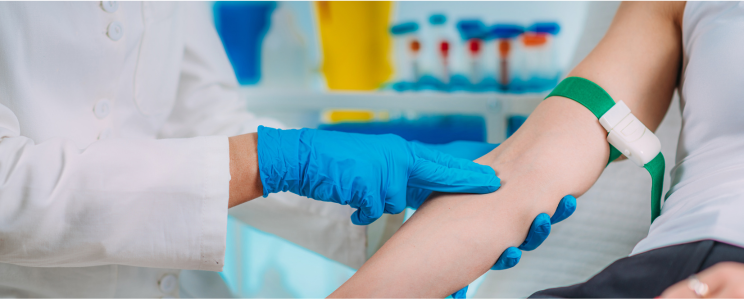The Best Guide To Northeast Medical Institute - New Haven Campus Phlebotomy Course & Cna Class
The Best Guide To Northeast Medical Institute - New Haven Campus Phlebotomy Course & Cna Class
Blog Article
All about Northeast Medical Institute - New Haven Campus Phlebotomy Course & Cna Class
Table of ContentsNortheast Medical Institute - New Haven Campus Phlebotomy Course & Cna Class for BeginnersThe Facts About Northeast Medical Institute - New Haven Campus Phlebotomy Course & Cna Class UncoveredWhat Does Northeast Medical Institute - New Haven Campus Phlebotomy Course & Cna Class Mean?The Single Strategy To Use For Northeast Medical Institute - New Haven Campus Phlebotomy Course & Cna Class5 Simple Techniques For Northeast Medical Institute - New Haven Campus Phlebotomy Course & Cna ClassRumored Buzz on Northeast Medical Institute - New Haven Campus Phlebotomy Course & Cna Class
The use of such tools should be gone along with by various other infection prevention and control practices, and training in their use.For setups with reduced sources, cost is a driving variable in procurement of safety-engineered gadgets - Phlebotomy Classes. Where safety-engineered tools are not available, knowledgeable use a needle and syringe serves. Unexpected direct exposure and particular details concerning an occurrence must be taped in a register. Support services must be promoted for those that undergo accidental direct exposure.
Among the crucial markers of quality of care in phlebotomy is the participation and cooperation of the person; this is mutually valuable to both the health and wellness worker and the individual. Clear information either created or verbal need to be offered to every person that undergoes phlebotomy. Annex F supplies sample message for describing the blood-sampling treatment to a person. In the blood-sampling room for an outpatient department or clinic, supply a comfortable reclining sofa with an arm rest.
A Biased View of Northeast Medical Institute - New Haven Campus Phlebotomy Course & Cna Class
Guarantee that the signs for blood tasting are clearly defined, either in a composed method or in documented guidelines (e.g. in a laboratory type). Whatsoever times, comply with the approaches for infection avoidance and control listed in Table 2.2. Infection avoidance and control methods. Gather all the devices required for the treatment and area it within secure and easy reach on a tray or trolley, guaranteeing that all the items are clearly visible.
Present yourself to the individual, and ask the client to specify their complete name. Examine that the lab type matches the client's identity (i.e. match the client's details with the laboratory kind, to make sure exact identification).
Make the patient comfy in a supine position (if possible). The person has a right to reject a test at any type of time prior to the blood sampling, so it is vital to ensure that the client has actually comprehended the treatment - PCT Classes.
Things about Northeast Medical Institute - New Haven Campus Phlebotomy Course & Cna Class
Prolong the individual's arm and inspect the antecubital fossa or forearm. Find a blood vessel of an excellent dimension that is visible, straight and clear. The diagram in Area 2.3, shows typical placements of the vessels, however lots of variants are feasible. The average cubital vein lies between muscle mass and is usually the most easy to puncture.
DO NOT insert the needle where blood vessels are drawing away, since this boosts the opportunity of a haematoma. The vein ought to show up without using the tourniquet. Finding the capillary will aid in identifying the appropriate dimension of needle. Use the tourniquet concerning 45 finger widths above the venepuncture website and re-examine the capillary.
Haemolysis, contamination and presence of intravenous fluid and medication can all modify the results (39. Nursing team and medical professionals might access central venous lines for specimens complying with protocols. Nevertheless, samplings from main lines lug a danger of contamination or erroneous lab test outcomes (https://www.indiegogo.com/individuals/37924594). It serves, but not suitable, to draw blood samplings when first presenting an in-dwelling venous tool, prior to linking the cannula to the intravenous liquids.
What Does Northeast Medical Institute - New Haven Campus Phlebotomy Course & Cna Class Do?
Allow the location to dry. Failure to allow sufficient call time enhances the threat of contamination. DO NOT touch the cleansed website; specifically, DO NOT put a finger over the capillary to guide the shaft of the subjected needle. It the website is touched, repeat the disinfection. Perform venepuncture as complies with.
Ask the client to create a fist so the veins are much more noticeable. Go into the capillary quickly at a 30 degree angle or less, and remain to present the needle along the capillary at the easiest angle of entry - Phlebotomy Training. Once adequate blood has actually been accumulated, release the tourniquet BEFORE taking out the needle
5 Simple Techniques For Northeast Medical Institute - New Haven Campus Phlebotomy Course & Cna Class
Take out a fantastic read the needle gently and use mild pressure to the site with a clean gauze or dry cotton-wool ball. Ask the patient to hold the gauze or cotton wool in position, with the arm prolonged and raised. Ask the patient NOT to bend the arm, since doing so causes a haematoma.

How Northeast Medical Institute - New Haven Campus Phlebotomy Course & Cna Class can Save You Time, Stress, and Money.
Where possible, keep the tubes in a shelf and relocate the shelf towards you - https://visual.ly/users/gordonmarvin28/portfolio. If the sample tube does not have a rubber stopper, infuse extremely slowly into the tube as decreasing the pressure and velocity utilized to move the sampling decreases the danger of haemolysis.

Report this page